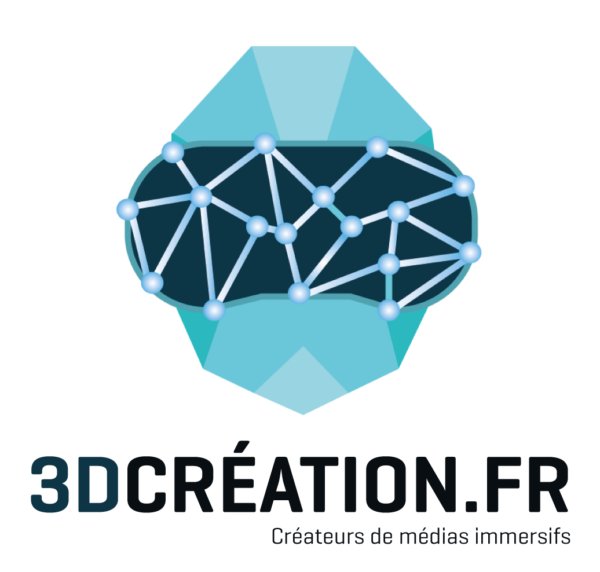PlanktoQuest is a new virtual reality animation to explore and manipulate the marine plankton with hands. To build PlanktoQuest, we used 3D models of different phytoplankton (microalgae) including their organelles (chloroplast, mitochondrion, nucleus) that we generated with 3D electron microscopy. You can stretch, dissect, feed different plankton as well as entering inside them with just your hands and a headset (no computer, no controllers). This project, which was possible thanks to the financial support of the Gordon and Betty Moore Foundation, aims at stimulating curiosity and providing knowledge on the microscopic life of plankton to a broad audience.
Virtual reality is a very efficient technology to communicate with the general public and has the power to engage and inspire students in education. Virtual reality is known to enhance attention, motivation and provides attractive and effective learning. Planktonic microorganisms encompass a tremendous diversity of life forms, and play key roles in marine food web and biogeochemistry of oceanic ecosystems. Despite the crucial importance of marine plankton in the marine ecosystems and the climate of our planet, the general public still has only a diffuse/abstract idea of how all these marine microorganisms floating in the oceans look like. Yet, because plankton is essentially microscopic, it remains largely inaccessible/elusive and unknown, hence insignificant, from the general public and decision-makers. 3D animation is therefore a very attractive and suitable approach to convey scientific knowledge and the beauty of this underwater planktonic world.
Based on virtual reality, we developed the PlanktoQuest project, which aims at unveiling the wonderful and complex microscopic world of plankton and raising awareness on plankton diversity and ecological significance. You can interactively explore inside marine microalgae (phytoplankton) by using just your hands (no controllers): you can choose and catch a swimming plankton, dissect the organelles and learn more from them, feed the plankton with nutrients, and do a 360° voyage inside a cell. We used 3D models from 3D electron microscopy data (FIB-SEM: Focused Ion Beam Scanning Electron Microscopy) of different organelles of microalgae (chloroplast, mitochondrion, nucleus) covering different microalgal groups, such as coccolithophores, dinoflagellates, haptophytes. The immersion in the ocean was further amplified by real sounds from marine organisms, thanks to the expert in eco-acoustics Lucia Di Iorio.
Last events
Public events where PlanktoQuest was presented:
April 2023: Lorient (France) Departure of the sailing boat Tara for the TREC expedition, Roscoff (France)
June 2023: Académie du Climat (Paris) – 2ème édition du Festival Culture Océan by the team TaraOceans.
June 2023: Tallin (Estonie) at one TREC site by the team TaraOceans.
August 2023: European Phycological Congress in Brest (France) link
October 2023: “Fête de la Science” Parvis des Sciences – CEA Grenoble (France). Link
January 2024: Visit of the Tara boat in Lyon (France). Events at the Maison de L’environnement et Musée des Confluences.
February 2024: Echappées inattendues CNRS – Musée des Arts et Métiers Paris. Watch the conference on YouTube. Link of the event.
March 2024: Institut del Ciències del Mar (ICM) – Barcelona – Spain
April 2024: Stazione Naples – Italy
October 2024:
November 2024: Vendée Globe starts village on the “La Mer en Commun” stand of the French Ministry of the Sea and Fisheries, Les Sables d’Olonnes (France)



Acknowledgements:
Gordon and Betty Moore Foundation for the financial support
Julien Brunet, Florent Hauss and all the 3Dcreation team
Team Photosymbiosis (Daniel Yee for english translation)
Planktomania, Fabrice Not, and Alexis Decelle
Microscopy Plateform MEM – Benoit Gallet and Guy Schoehn – Institut de Biologie Structurale de Grenoble
Yannick Schwab, Paolo Ronchi, Nicole Schieber (European Molecular Biology Lab – Heidelberg)
Pierre-Henri Jouneau (CEA Grenoble)
Lucia Di Iorio (University of Perpignan) for the sounds of marine organisms

